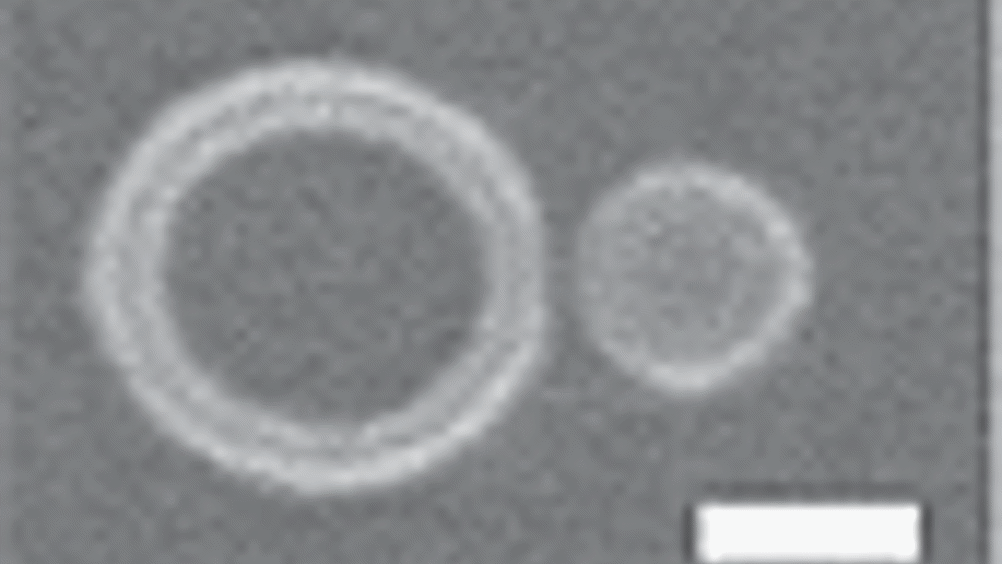Bright idea for nanosensors
Researchers at Imperial College are exploiting light-scattering techniques to construct nanosensors that could be used to detect explosives or toxins

The transmission of light can be affected by the suspension of metal particles in a clear medium, an effect that has been used for centuries in making red stained glass using gold dust. Researchers are now exploiting this property to construct nanosensors that could be used to detect explosives or toxins, or identify infections.
Lead researcher on the project, Stefan Maier, professor of nanophotonics at
, said: 'Small metallic structures are well known to work efficiently as light absorbers, scatterers and concentrators in certain frequencies. The red glass that you see in churches is normal glass doped with small gold particles. Because gold particles absorb and scatter preferentially in the green, the green light is taken out of the white light coming through so that it looks red.'
Scientists have for some time used techniques such as electron beam lithography to create nanoparticles of a very specific shape that could be tuned to the resonant frequency where there is preferential scattering. The problem is that all these resonances are usually quite broad, and they get broader the more the resonance is pushed into the near infrared. This is because scattering increases as the particle size increases. For sensing applications, the resonances need to be less broad so that small shifts can be more easily detected.
Register now to continue reading
Thanks for visiting The Engineer. You’ve now reached your monthly limit of news stories. Register for free to unlock unlimited access to all of our news coverage, as well as premium content including opinion, in-depth features and special reports.
Benefits of registering
-
In-depth insights and coverage of key emerging trends
-
Unrestricted access to special reports throughout the year
-
Daily technology news delivered straight to your inbox










Breaking the 15MW Barrier with Next-Gen Wind Turbines
Hi Martin, I don´t have any detailed parameters for the 15MW design other than my reading of the comment in the report ´aerodynamic loads at blade-tip...